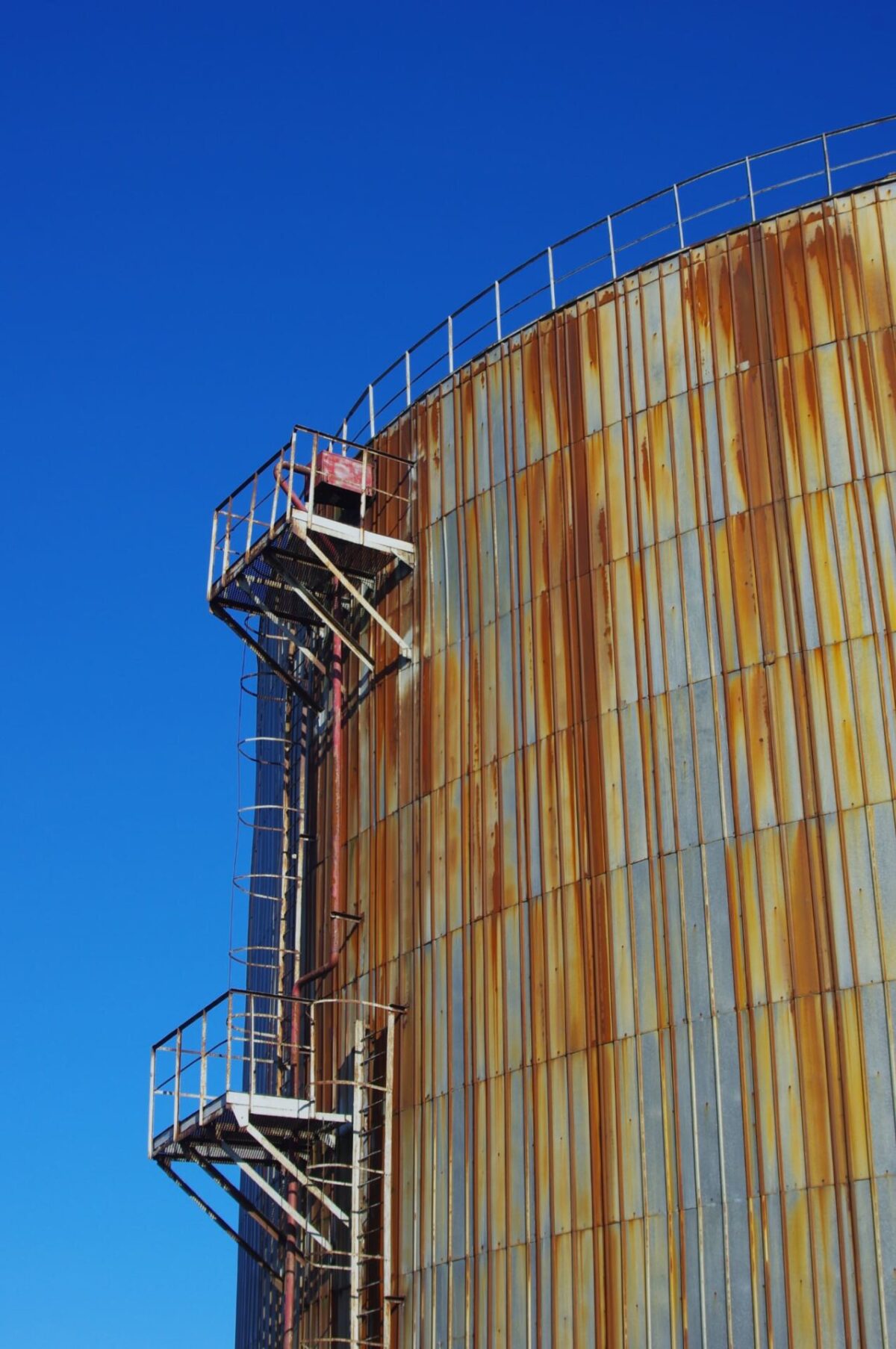Revitalizing Municipal Water Infrastructure: Replacing Old Water Tanks and Towers

Posted on May 31, 2024 by Brent Phillips
In many municipalities, aging water tanks and towers pose a significant challenge to the overall infrastructure. As these structures deteriorate over time, your role as a municipal water asset manager becomes crucial in taking proactive steps to replace them.
Municipalities can make informed decisions regarding replacement by weighing the financial implications against the benefits of improved water quality and reduced maintenance. In today’s blog, we’ll explore the essential steps you can take to replace old water tanks and towers, ensuring the continued delivery of clean and reliable water to communities.
Assessing the Condition and Performance
Before embarking on a replacement project, municipalities must assess the condition and performance of their existing water tank or tower. That involves conducting an inspection to identify any structural weaknesses, leaks, or signs of corrosion. Additionally, evaluating a tank’s performance regarding water pressure, capacity, and maintenance requirements is essential in determining the urgency and feasibility of replacement.
Conducting a Cost-Benefit Analysis
Replacing an old water tank or tower is a significant investment for any municipality, but it can also bring substantial benefits. Therefore, conducting a comprehensive cost-benefit analysis is crucial. The analysis should consider factors such as the upfront costs of construction, the potential for long-term maintenance savings, and the anticipated lifespan of the new structure.
Planning and Designing the Replacement Project
Once the decision to replace the old water tank or tower is made, meticulous planning and designing are necessary, including:
- Determining the appropriate tank size
- Materials for the new structure
- Location
Engaging with experienced engineers and consultants specialized in water infrastructure is not just a suggestion; it’s a necessity. Their expertise can help protect the design so it meets regulatory standards and considers future growth and demand, making the replacement project successful.
Securing Funding and Resources
Replacing a water tank or tower requires adequate funding and resources. Municipalities can explore various options, including seeking grants, loans, or partnerships with external organizations. Additionally, securing necessary permits and approvals from regulatory bodies is crucial for compliance with environmental and safety standards.
Executing the Replacement Project
With the planning and funding in place, the execution phase begins with:
- Engaging Contractors
- Overseeing Construction Activities
- Adherence to Project Timelines and Budgets
In addition to regular inspections and quality control measures, municipalities should implement an action plan to guarantee that the new water tank or tower meets the required specifications and standards for decades of use.
Preserving A Municipality’s Water
Replacing an old water tank or tower is a complicated process requiring careful consideration and planning. By assessing the condition, conducting a cost-benefit analysis, planning the project, securing funding, and executing the replacement, municipalities can revitalize their water infrastructure and guarantee safe and reliable water delivery to their communities.
If your a water asset manager in need of a municipal water tank inspection, contact the tank and tower experts at Cunningham Inc. at (620) 848-3030.